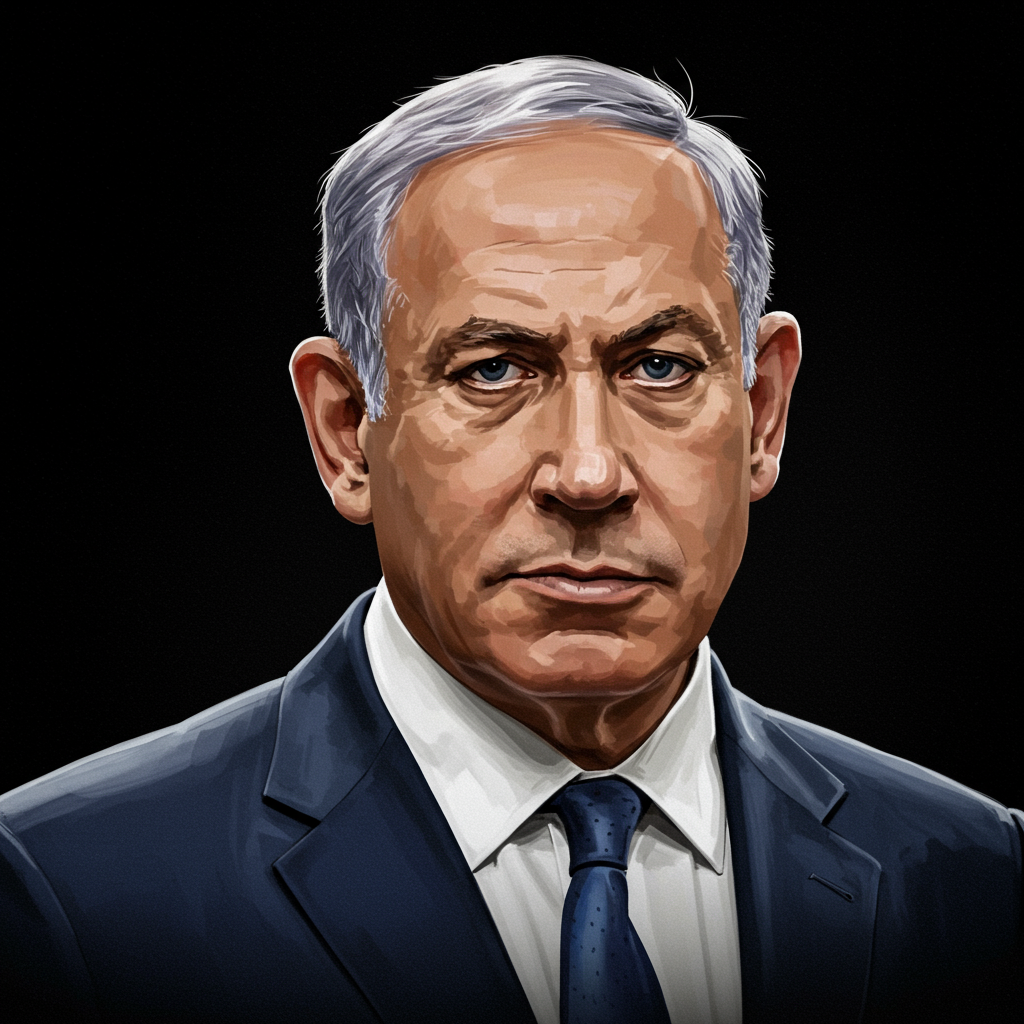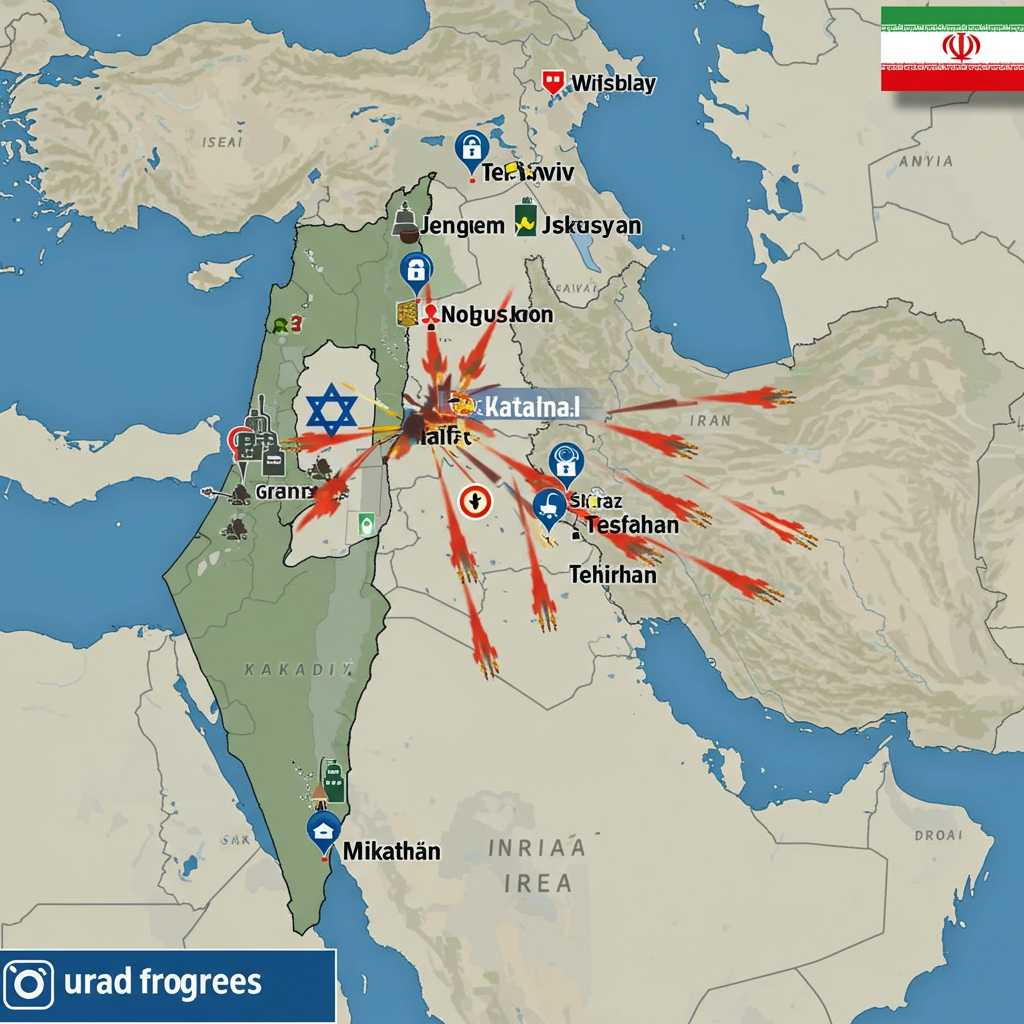Prime Minister Benjamin Netanyahu has outlined Israel’s long-term intentions for the Gaza Strip, signaling a significant shift in policy decades after Israel withdrew from the territory. His recent statements confirm Israel’s aim to assume control over Gaza, primarily for security purposes. This pivotal declaration comes amidst ongoing conflict and a dire humanitarian crisis, raising complex questions about the region’s future. Understanding Israel’s proposed Gaza Strip governance and its implications is crucial for anyone following this evolving situation.
Netanyahu’s Vision for Gaza’s Future Security
Netanyahu clarified Israel’s intentions for the Gaza Strip, emphasizing a non-permanent but essential security role. In recent interviews, he stated that Israel does not wish to govern Gaza long-term. Instead, the ultimate goal is to establish a “security perimeter” and entirely remove Hamas. He described Hamas as a “neo-Nazi army” and “monsters,” highlighting the perceived necessity of their complete dismantling. This military occupation, he asserts, is vital to achieve what nearly two years of conflict have not: the full destruction of Hamas and ensuring Israel’s security.
The premier envisions a transition to civilian governance that is neither Hamas nor any entity advocating for Israel’s destruction. He expressed a desire to hand over administration to “Arab forces” capable of proper administration without threatening Israel. This approach, he believes, would enable a better life for Gazans. However, he also suggested a controversial plan for “voluntary emigration” for Gaza’s population, where over 50% might be willing to leave if “receptive countries” could be found. This concept has drawn strong condemnation from Palestinians and Arab nations.
The Rationale: Security and Liberation
Netanyahu firmly believes that Israel’s enhanced presence is necessary to “liberate ourselves and liberate the people of Gaza from the awful terror of Hamas.” His government maintains that this move is crucial to ensure Israel’s enduring security following the October 7, 2023, terrorist attacks. Those attacks killed 1,200 people and resulted in 250 hostages being taken. Israel’s military operation seeks to prevent future threats originating from the enclave.
He has also stated that Israel will not end the war until Hamas is defeated, even if a new hostage release agreement is reached. Any potential ceasefire, he clarified, would be strictly temporary. This unwavering stance underscores the strategic importance Israel places on eradicating Hamas’s military and governing capabilities.
Widespread Opposition and Challenges to the Plan
Netanyahu’s stated intention for Israel’s Gaza control faces significant opposition from various fronts. His own military (IDF) reportedly opposes the plan, fearing it could endanger the lives of the remaining Israeli hostages. The IDF’s chief of staff, Eyal Zamir, stressed the importance of a “culture of debate” within the IDF, indicating internal dissent. Israeli opposition leader Yair Lapid has also strongly criticized the plan. He called it “a bad operational idea, a bad moral idea and a bad economic idea.”
Moreover, a growing number of families of the Israeli hostages vehemently oppose expanding the military operation. They argue that “military pressure kills the hostages; it doesn’t bring them back.” They cite tragic examples of hostages reportedly killed by their captors as Israeli troops neared their locations. Despite this, Netanyahu maintains that the offensive is necessary because other efforts have failed to return the hostages. While a minority of Israelis support the occupation, especially those advocating for Jewish resettlement in Gaza, reports indicate the majority of Israelis oppose this proposed occupation. International bodies and many Diaspora Jews also voice strong disapproval.
The Dire Humanitarian Crisis in Gaza
The ongoing Israeli military operation has led to unprecedented devastation across Gaza. New aerial photos reveal vast areas of shattered buildings, mounds of rubble, and extensive tent encampments. Research from Israel’s Hebrew University estimates that approximately 70% of all structures in Gaza have been rendered uninhabitable. This destruction has displaced most of Gaza’s 2.3 million residents multiple times. According to local health officials, over 61,000 Palestinians, including thousands of children, have been killed.
The Integrated Food Security Phase Classification (IPC), the world’s leading body on hunger, warns that a “worst-case scenario of famine” is currently unfolding. Since March, Israel’s blockade on all imports into the Palestinian enclave has exacerbated this critical situation. The World Health Organization, citing Gaza’s Health Ministry, reported that 57 children have died from malnutrition effects since the blockade began. Israel attributes the crisis largely to Hamas, accusing the group of controlling and looting much of the provided aid. Despite these claims, the sheer scale of the humanitarian emergency remains a paramount concern for international organizations.
Aid Distribution and Controversies
Amidst the crisis, efforts to deliver aid face immense challenges. Organizations like the Gaza Humanitarian Foundation (GHF), a U.S. and Israeli-backed aid organization, have attempted to provide food to thousands. However, logistical hurdles are significant. The GHF itself has faced controversy, with accusations from some human rights groups of firing on civilians and committing war crimes, allegations denied by the GHF. Netanyahu has defended the aid system, blaming Hamas for intentionally creating civilian casualties and a starvation policy that Israel is “doing everything to reverse.”
Stalled Ceasefire Negotiations and the Hostage Crisis
Ceasefire negotiations between Hamas and Israel have repeatedly stalled, despite recent breakthroughs. Of the approximately 250 hostages taken on October 7, 2023, about 140 were released alive during earlier truces, and eight were rescued by military forces. However, approximately 50 hostages are believed to remain in Gaza, with only about 20 thought to be alive. Concerns persist about the condition of some individuals.
A recent significant ceasefire deal, brokered by Qatar, the U.S., and Egypt, aims for an initial six-week halt to fighting. This agreement proposes the release of 33 of the remaining hostages in exchange for hundreds of Palestinian prisoners. It also seeks to facilitate the return of hundreds of thousands of displaced Gazans and a significant surge of humanitarian aid. This largely follows a three-phase framework outlined by U.S. President Joe Biden. However, the fundamental dispute over ending the conflict remains the primary obstacle. Hamas demands a permanent end to the war and a complete Israeli withdrawal, while Israel insists on destroying Hamas’s capabilities.
Domestic and International Pressures
Both Netanyahu and Hamas face immense internal and external pressures. Netanyahu is under intense domestic pressure from hostage families and public protests to secure their release. Internationally, Israel faces criticism over civilian casualties, with the International Court of Justice investigating genocide allegations. Hamas has faced overwhelming Israeli military operations, including the killing of key leaders. The future Gaza Strip governance remains a major unknown, with Israel seeking local Palestinians unaffiliated with Hamas or the Palestinian Authority, a plan whose viability is uncertain. The U.S. has proposed a reformed Palestinian Authority, potentially linked to Saudi-Israeli normalization, but this hinges on progress towards a Palestinian state, which Netanyahu opposes.
Frequently Asked Questions
What is Netanyahu’s stated objective for Gaza’s future governance?
Prime Minister Netanyahu’s objective is to establish a long-term “security perimeter” in the Gaza Strip after eliminating Hamas. He has stated that Israel does not intend to permanently govern the territory. Instead, he aims to transition Gaza Strip governance to “Arab forces” capable of proper administration without posing a threat to Israel, thereby enabling a better life for Gazans. This plan emphasizes security and the eradication of Hamas’s capabilities.
Where do the main obstacles lie in current Gaza ceasefire negotiations?
The primary obstacle in ceasefire negotiations between Israel and Hamas is the fundamental disagreement over ending the conflict. Hamas consistently demands a permanent end to the war and a complete Israeli withdrawal from Gaza for the release of remaining hostages. Conversely, Israel, led by Prime Minister Netanyahu, maintains its objective of completely destroying Hamas’s military and governing capabilities and insists that any ceasefire would be strictly temporary until this goal is achieved.
What are the primary concerns regarding Israel’s long-term occupation plan for Gaza?
Concerns regarding Israel’s Gaza control plan are widespread and multi-faceted. Key worries include opposition from the Israeli military itself, fearing it endangers remaining hostages. Hostage families argue that military pressure often harms captives. Critics, including Israeli opposition figures, call the plan operationally, morally, and economically unsound. Internationally, there are significant humanitarian concerns due to the widespread destruction, displacement, and warnings of famine, alongside questions about the viability and legitimacy of any post-war governance plan not involving the Palestinian Authority or broadly accepted local leadership.
The Path Forward for Gaza
The future of the Gaza Strip remains highly uncertain as Israel moves towards deeper control of the enclave. While Israel asserts its actions are vital for national security and the liberation of Gazans from Hamas, the plan faces significant domestic and international opposition. The immense humanitarian crisis demands urgent attention, and the fate of the remaining hostages remains a top priority for many. As military operations potentially expand and diplomatic efforts continue, the complexities of Israel’s Gaza control strategy will undoubtedly shape the region for years to come. The world watches for resolutions that prioritize peace, security, and the well-being of all affected populations.



